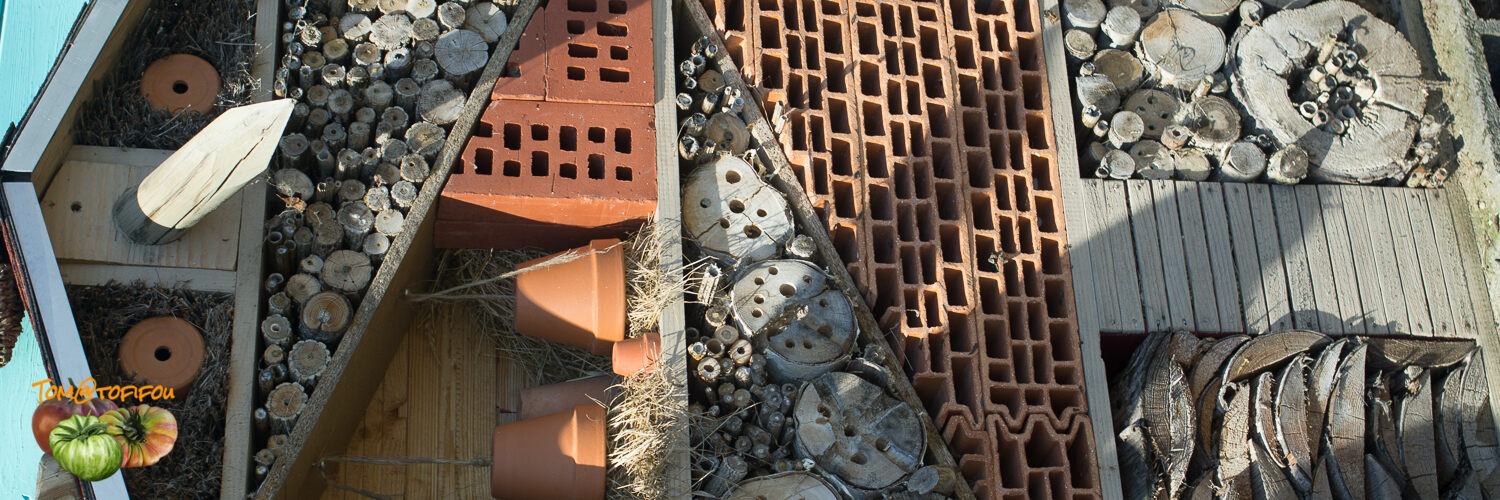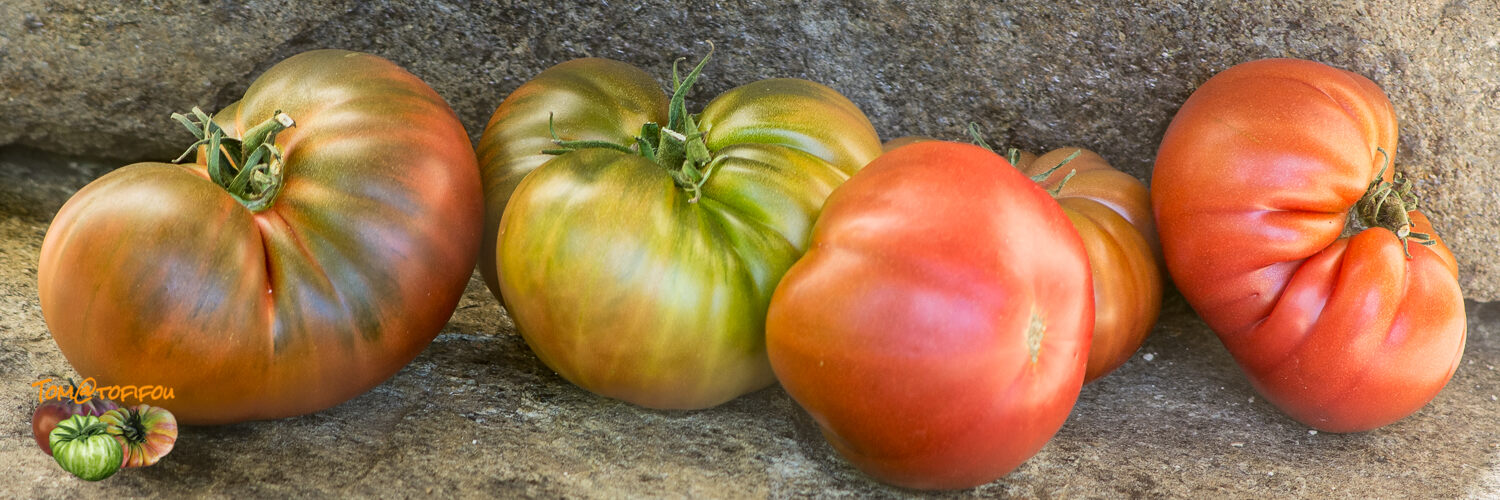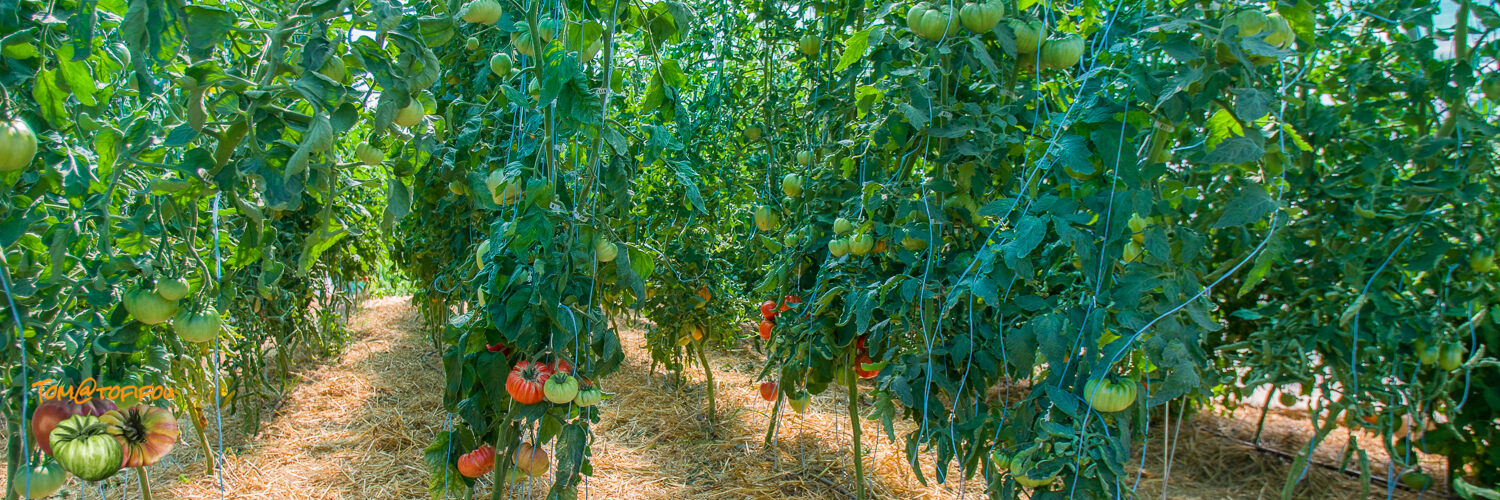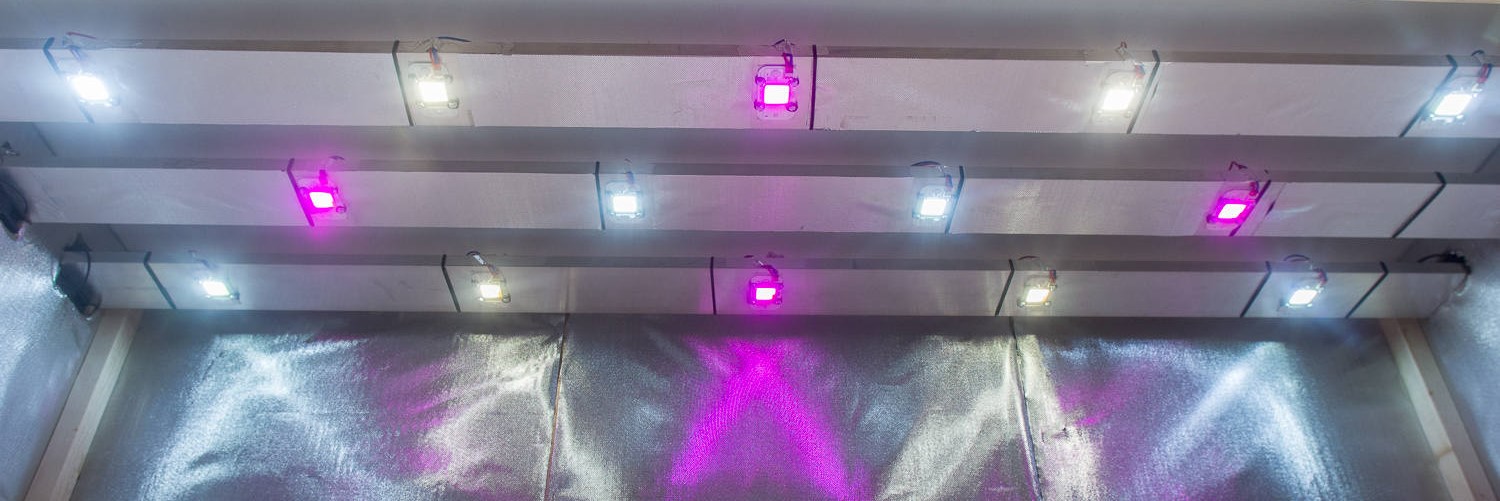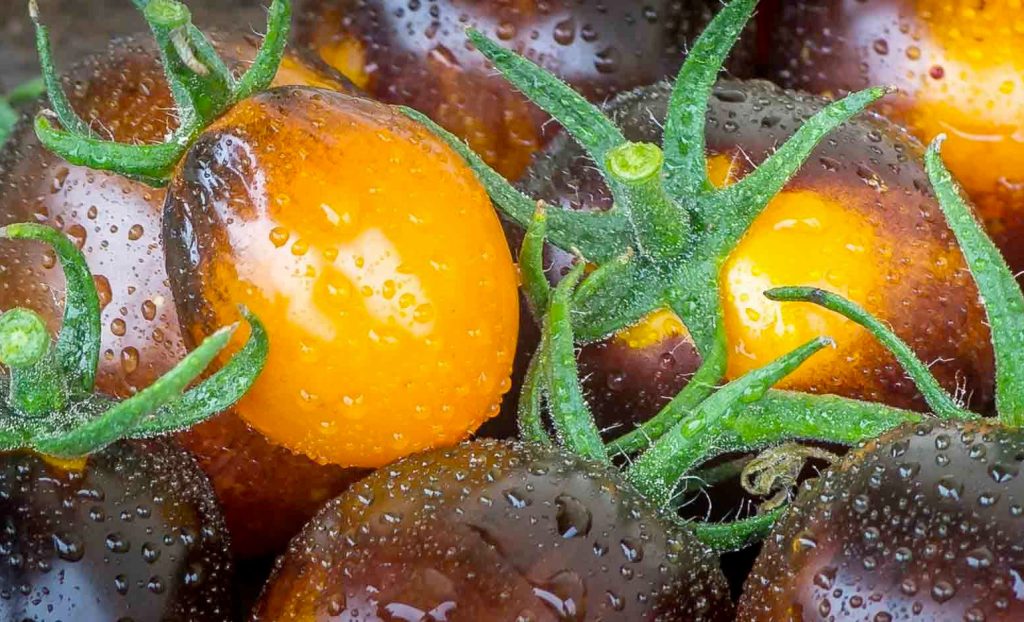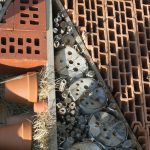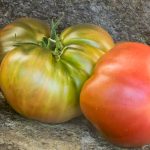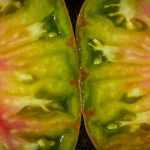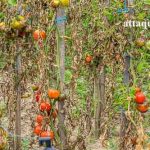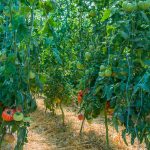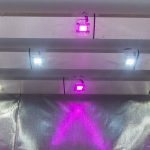
The Nettle
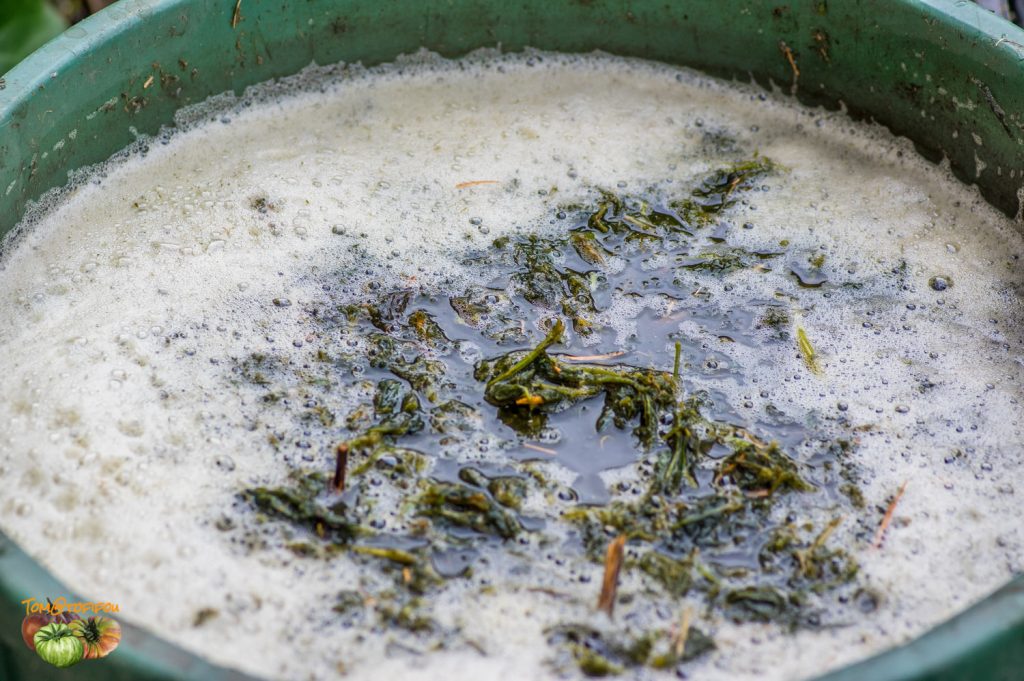
is a genus of the family of Urticaceae which includes about thirty species of hairy-leaved herbaceous plants. The most common species are the great nettle and the burning nettle these being recognized as part of the most and most effective medicinal plants in addition to their anti-inflammatory, diuretic qualities they are very useful as green manure and insecticide; it is these properties that interest us today.
Large, stinging rhizomatous perennial plant, it can be reproduced by stump division or cuttings, but wild plants in sufficient numbers for family use are preferred. Its main virtues are to fortify and stimulate the microbial life, it strengthens the plant, fights against chlorosis and promotes photosynthesis. One of its active principles is the formic acid contained in the stinging hairs. We harvest the whole plant before flowering, we can add the roots that would have fungicidal actions.
Use
Infusion: 1kg for 10l of rain water during 12 hours, use diluted to 10%, it is insect repellent (aphid, mite, codling moth) and sometimes insecticide (green and black aphid). In pure use it will fight effectively against the damping off of seedlings.
.Fermented extract: 1kg for 10 l of rainwater for several days, fertilizing because rich in nitrogen, in spreading diluted to 10 to 20% , 5 to 10% in spraying. By soaking diluted to 20% it favors germination, soaking seeds overnight (carrot, lamb's lettuce ...), and strengthens the immune system of plants. It can also be used to pralinate bare root trees and shrubs before planting. In addition with comfrey extract (rich in potash) we will obtain a more complete fertilizer, to finish it is an excellent compost activator.
.Maceration: 1kg for 10 l rainwater (cold), maceration in water for 12 hours. Filtering and spraying the pure extract. Repellent action on mites, aphids and apple worms.
.Decoction: root alone, 100g soaked beforehand for 24 h, for 1 liter of simmering water for 30 min, to be used pure to fight against gray mold of strawberry and powdery mildew of apple tree
.Fresh leaf: at planting we bury a handful or two at each foot of tomatoes ( or any other Solanaceae or Cucurbitaceae) avoiding direct contact with the roots, the leaves by degrading will provide the plant with nitrogen conducive to the proper development of the young plant.
Note that we can also use nettles for human consumption in soup or infusion, they are recommended for their anti-diabetic, diuretic and healing properties.

